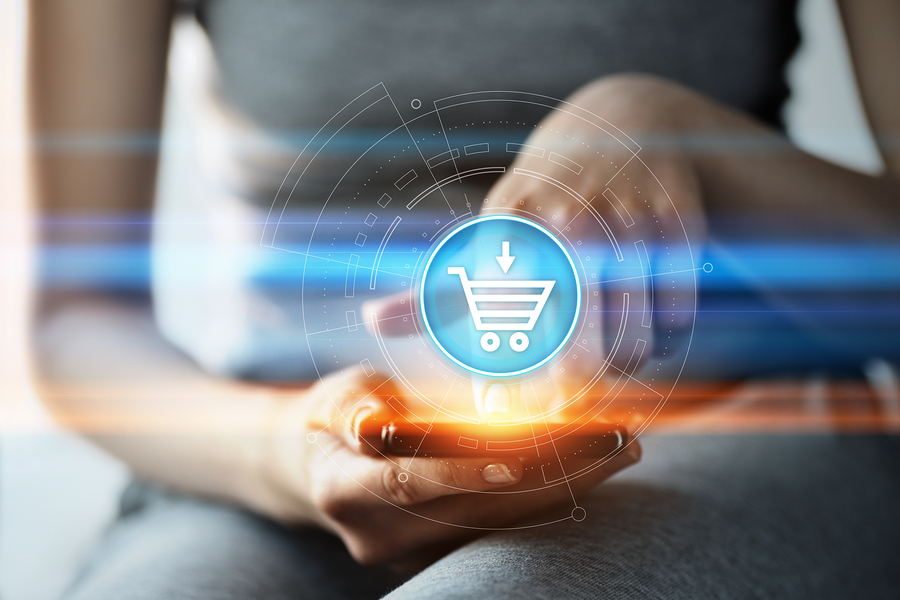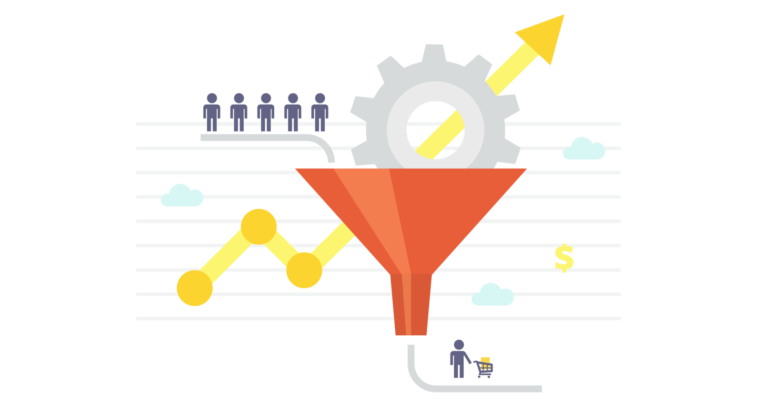To transform wandering visitors into loyal customers, you need to entice them and create a pleasant experience whenever they interact with your brand. This is the purpose of eCommerce conversion rate optimisation (CRO) — refining your website with the aim of increasing the number of visitors that take specific actions, such as buying your product. Here are some ways you can take control of the purchase journey and improve your CRO as a result.
1) Ensure your copywriting is empathetic to the customer
Features vs benefits
Before writing a word, the top CRO copywriters first analyse the features of a product and then translate them into benefits. Legendary copywriter, Gary Halbert, called this Benefits Sheet. In this practice, he takes a product (in his example, it was a Rolls Royce) and writes down every single fact you can find about it, no matter how mundane. It’s got 40 miles to the gallon, anti-rust coated paint, etc. Next, you jot down how these features translate into benefits: the car is cost-effective and the paint is long-lasting.
This is a simple exercise that can be applied to any product in the world, and the difference it could make to the quality of your copywriting is enormous. Rather than merely considering what the product is, train yourself to always consider what it does for the customer and why they should buy it.
Appeal to consumer emotions
People aren’t always rational when it comes to making purchases. In fact, Seth Godin wrote an entire book based on the premise that consumers don’t buy a product for what it is, but what it can do for them. In other words, they’re buying a story. He gives an example of a girl buying a pair of Puma trainers for $125, which is more than she earns in a day. “Was Stephanie thinking about support or sole material or the durability of the uppers? Of course not. She was imagining how she’d feel when she put them on. She was visualising her dramatically improved life once other people saw how cool she was.”
Stephanie didn’t care about the features at all — just how the product would benefit her life. And in this case, the story she told herself was about how the trainers would have a positive impact on her coolness and identity. The motivation to convert is more complicated than it may seem. Often it is story-based rather fact-based, and emotional rather than rational.
When copywriting, appeal to reality rather than focusing on mundane facts by creating vivid images of how the product will be used in real-life scenarios and environments. In the office, for instance, or at the park, at home, or in front of friends. Appealing to the reader’s perspective helps them formulate their own story about how the product will affect them, allowing them to picture how it integrates within their surroundings, impresses their peers, and brings light to their life.
2) Make the checkout smoother
When customers buy items online, they’re in an excited state. Think about the last time you bought a product that perhaps you didn’t need, but wanted anyway — how did you feel? Some people may need to hype themselves up a little in order to go through with it, especially if the product costs a significant amount of money. They’re pumped at the prospect of checking out, seeing that order confirmation come through, and the anticipation of it being delivered to their door.
From a CRO point of view, at this moment in the purchase journey, the customer has decided to buy the product. So, don’t distract them now. They’ve built up momentum and do you know what will kill it? An awkward checkout process. Meaningless external links. Pop-ups. Small, unreadable text. Too much text. Multiple buttons. When a customer loses their flow, the chances of them converting at that moment are reduced too.
What can you do to avoid this? First, make sure the basics are right. Remove anything irrelevant from the checkout page. Everything should serve a specific purpose and help make the journey swift with as little clicks as possible. There’s a reason Amazon’s ‘one-click’ ordering has been so successful. Customers don’t want any hassle, so give them a smooth experience that will carry them through to conversion.
3) Offer irresistible delivery options
Customers care about how and when they will receive their items. One of the reasons for ASOS’s supreme growth during COVID is their postage system: you pay £10 per year for next-day delivery on every order. It creates a subtle barrier to buying clothes anywhere else, because if you can get it at ASOS — where you’ve already invested in a premium delivery service — why wouldn’t you?
Implementing an enticing delivery system is easier than you think. The most attractive option is same-day delivery. People can be impatient or have other reasons for wanting their order very quickly. Imagine someone has an event that evening, but when they look in the wardrobe, they have nothing to wear. Same-day delivery means they’ll be satisfied their outfit will be delivered in time for their event.
You could introduce this service by working with a local courier, such as CitySprint, which offers a same-day service for even those last-minute customer purchases. Larger services, such as Hermes, currently do not offer same-day delivery, so you could even gain an advantage. Although this isn’t the norm just yet, 65% of retailers plan to offer it within two years.
Not only is delivery a crucial part of initial conversion, but it’s also important for lifetime value, or CRO for the future. Your business will become sustainable by having a breadth of loyal customers who shop with you multiple times. It’s far more efficient to maintain a current customer than create a new one. A smooth, seamless delivery process is necessary for them to convert in the future — while a bad experience might turn them off. That’s why it’s important to prioritise the quality of your delivery service, minimising mistakes as much as possible.
4) Abandoned cart retargeting
Sometimes you do all the right things — write a killer product description, make the checkout system as smooth as can be, have ideal delivery options — but the customer still doesn’t convert. Luckily, web browser cookies mean you can find out which pages they visited and try again.
These cookies, combined with Google and Facebook ads, make it possible for you to retarget the customers who reached the checkout page but never completed the process. Maybe they were busy, or didn’t have their card details to hand, or just lost their nerve and bailed. Whatever their reason, if your ads show up in their Instagram stories and emails, a gentle nudge could rekindle the feelings they had before. This spark could gather momentum again and result in a conversion. If you want to learn more about how to do checkout retargeting, this guide will prove useful.


